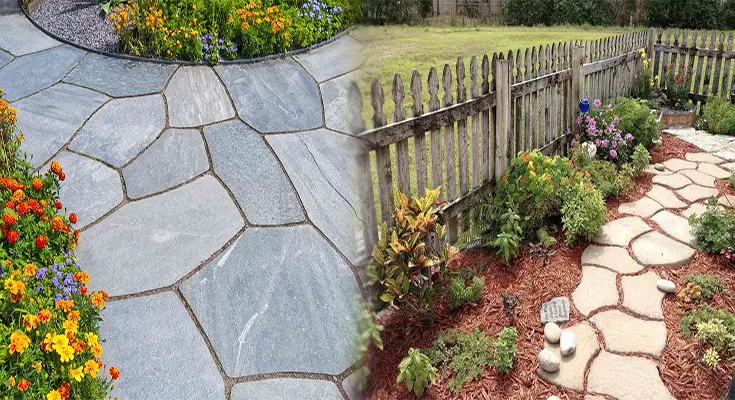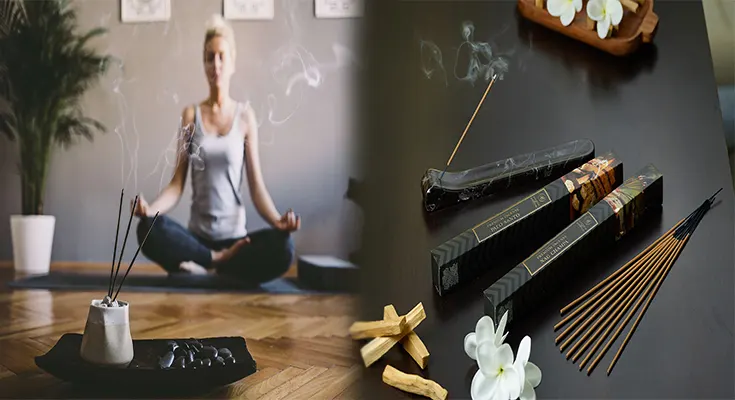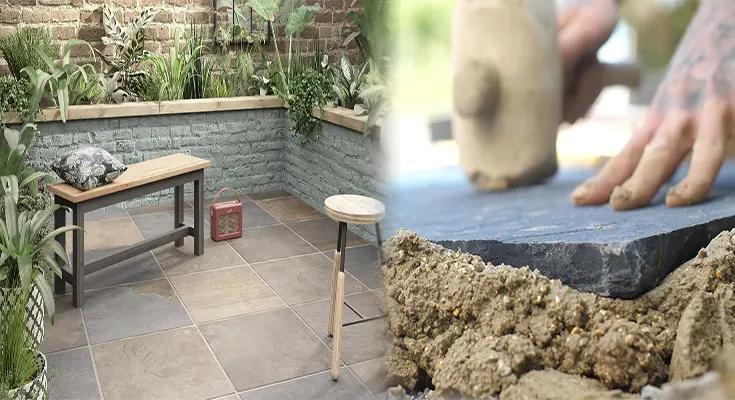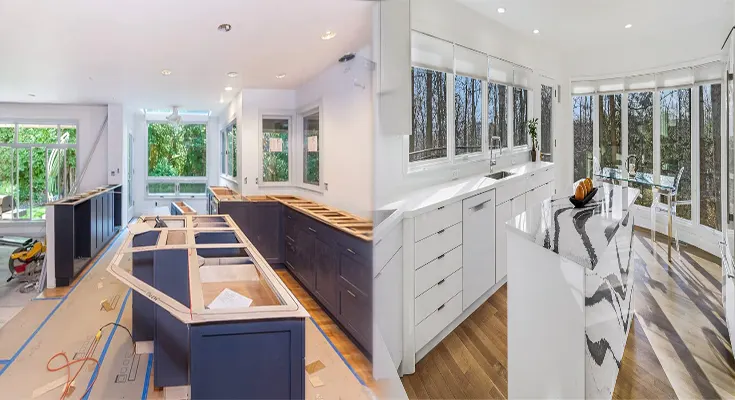
Unlocking Inner Peace: How to Use Aromatic Incense Cones for Meditation and Focus
In today’s fast-paced world, finding moments of tranquility and focus is essential for maintaining a balanced and centered mindset. Meditation, a practice that has been revered for centuries, offers a pathway to inner peace and mental clarity. Incorporating aromatic incense cones into your meditation routine can elevate the experience, helping you achieve a deeper state of relaxation and concentration. In this article, we will explore the art of using aromatic incense cones for meditation and focus, offering insightful guidance to enhance your mindfulness journey.
Selecting the Right Aromatic Incense Cones
The journey of meditation and focus begins with choosing the appropriate aromatic incense cones. Opt for scents that evoke a sense of calm and serenity, such as lavender, sandalwood, or frankincense. These fragrances have been valued for their soothing properties and their ability to create an ambiance conducive to meditation and introspection. As you explore different scents, pay attention to how each one resonates with your senses and emotions, allowing yourself to be drawn towards scents that harmonize with your state of mind.
Creating a Sacred Space for Meditation
Before beginning your meditation session, take the time to prepare a sacred space that is conducive to relaxation and focus. Choose a quiet and comfortable area where you can sit or lay down without distractions. Light a candle and set the mood by burning the selected aromatic incense cone. As the fragrant plumes meander through the air, they will infuse the space with a calming aroma, preparing your mind for the practice of meditation.
Setting Intentions and Centering the Mind
As the aromatic incense cone releases its soothing fragrance, take a moment to set your intentions for the meditation session. Whether it is finding inner peace, gaining clarity, or simply finding a moment of respite, clarifying your purpose will guide your …
Unlocking Inner Peace: How to Use Aromatic Incense Cones for Meditation and Focus Read More




